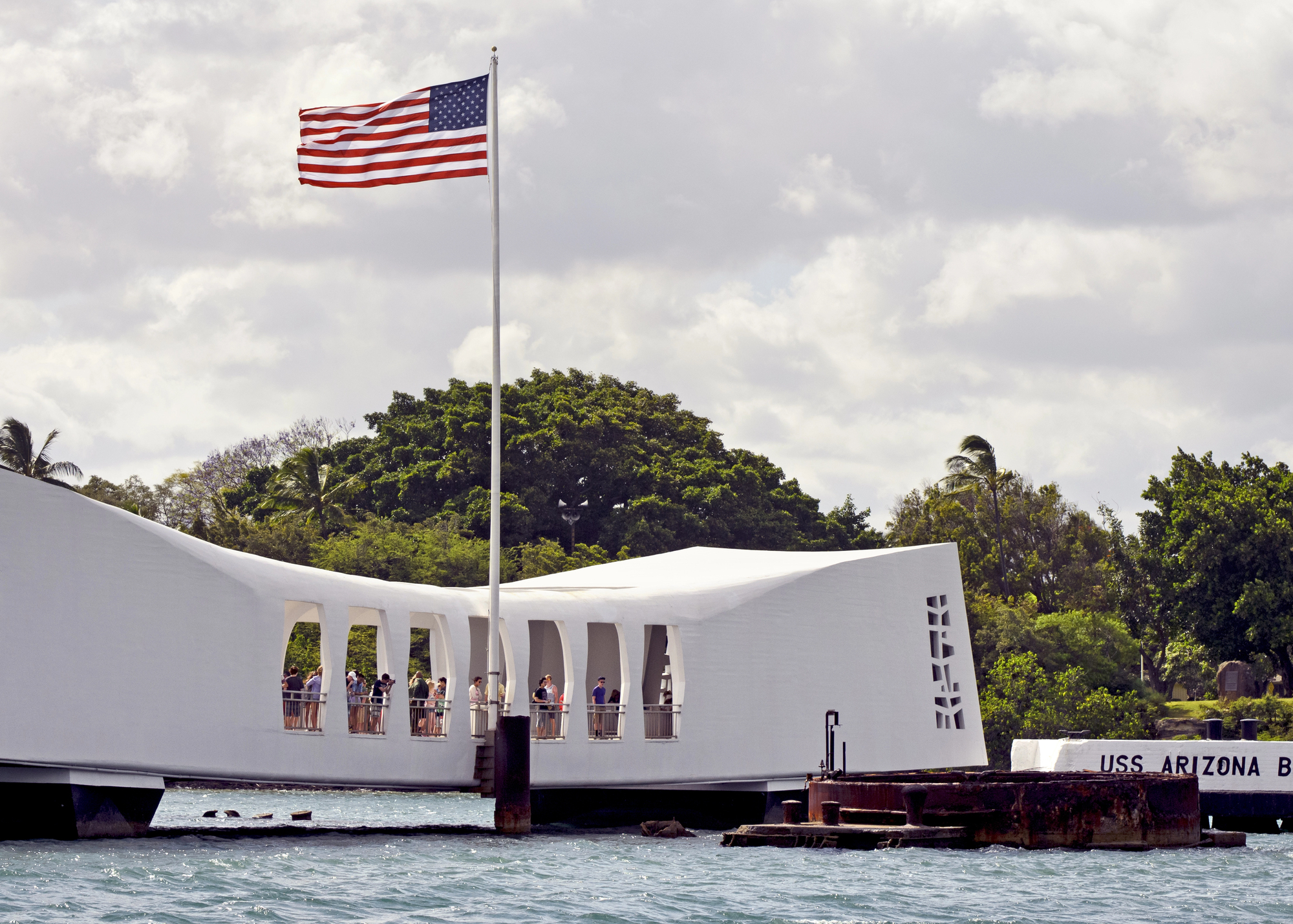
Visiting the USS Arizona Memorial: A Comprehensive Guide
The USS Arizona Memorial at Pearl Harbor in Oahu, Hawaii, stands as a powerful symbol of history and sacrifice. It honors the lives of 1,177 sailors and Marines who lost their lives during the Japanese attack on December 7, 1941. For many, visiting this site is a meaningful experience that connects them to an important chapter in American history.
For first-time visitors, planning a trip to the memorial can be more complex than expected. This guide provides all the essential details to ensure a smooth and memorable visit.
When to Visit
The memorial is open year-round, typically from 7:00 AM to 5:00 PM. However, it may close on major holidays or for maintenance. The busiest times are mid-morning and weekends, so arriving early—before 9 AM—is recommended for a more peaceful experience. Weekdays tend to be less crowded, making them ideal for those looking for a quieter visit.
How to Get Tickets
Reservations are required to visit the USS Arizona Memorial. Here’s how to secure your spot:
- Reserve Online: Tickets are free but must be reserved in advance through Recreation.gov. A small reservation fee (usually $1) per person applies. Reservations often fill up quickly, especially during peak travel seasons. Planning ahead is crucial.
- Same-Day or Standby Access: If you miss out on online reservations, you may still get a ticket the day before or try the standby line at the visitor center. Arriving by 7 AM increases your chances of securing a spot.
Guided Tours
Many tour companies offer packages that include access to the USS Arizona Memorial. These can be convenient if you want a guided experience, hotel pickup, or if online tickets are sold out. Some tours also include visits to the Pearl Harbor museum and other historical sites.
What the Program Includes
The memorial program lasts approximately 45–60 minutes and includes:
- A short orientation or film about the history of Pearl Harbor.
- A boat ride operated by the U.S. Navy to the memorial.
- Time to walk through the memorial structure over the remains of the USS Arizona.
What to Bring (and Not Bring)
- ID: Always carry government-issued photo ID.
- Bags: Backpacks, purses, and camera bags are not allowed. Clear bags and small wallets are acceptable. Bag storage is available for a small fee.
- Dress Respectfully: Wear clothing that shows respect for the solemn nature of the site.
- Sun Protection: Bring sunglasses, sunscreen, and a hat. You’ll be outside for part of the visit.
- Water Bottle: Stay hydrated, especially in the hot and humid Hawaiian climate.
Getting There and Parking
The USS Arizona Memorial is part of the Pearl Harbor National Memorial, located about 25 minutes from Waikiki by car. Parking is free but can fill up quickly during peak hours. Public transit and rideshare services are also available. Many tours include transportation, making it easier for those who prefer not to drive.
Personal Experience
During our visit, we booked a Pearl Harbor tour that included the USS Arizona Memorial, a museum visit with breakfast, and a pop-up Disney exhibit showcasing the work Disney Studios did during World War II. The tour was informative and engaging, though there was a minor issue with the tour guide failing to secure tickets for us. We were directed to the standby kiosks, which eventually worked out.
If you purchase an expensive tour that includes access to the memorial, be sure to read the fine print or ask specific questions about entrance to the site. Sometimes, luck plays a role in securing a spot.
Tips for a Meaningful Visit
- Arrive early to explore exhibits and ensure you don’t miss your time slot.
- Visit the on-site museums and exhibits for additional historical context.
- Be quiet and respectful while on the memorial—this is the final resting place for many who served.
- Look for the “oil tears”—you may notice oil still leaking from the ship below. Locals call them the “black tears” of the USS Arizona.
- If traveling with younger kids, consider a primer on World War II and Pearl Harbor history before your visit. It enhances the experience and helps children understand the significance of what they’re seeing.
